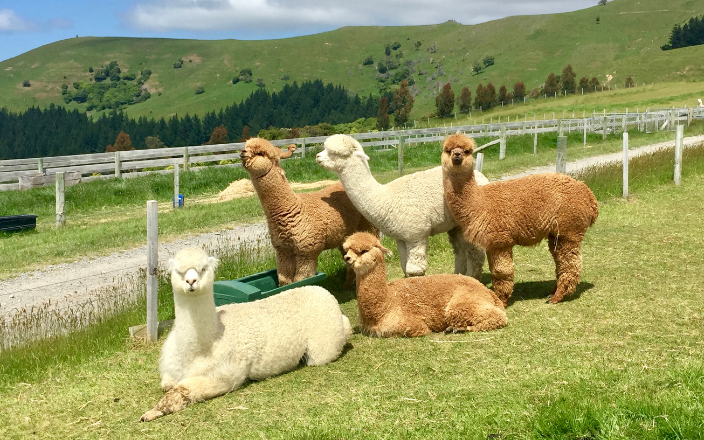In a surprising turn of events, alpacas have tested positive for highly pathogenic avian influenza H5N1. This marks the first time that this strain of bird flu has been detected in these gentle camelids. The discovery was made by the National Veterinary Services Laboratories of the United States Department of Agriculture (USDA). Let’s delve into the details of this unprecedented finding.
The Outbreak
The infected alpacas were part of a farm in Idaho where poultry had previously tested positive for the H5N1 virus. The poultry were subsequently culled in May. On May 16, the alpacas themselves tested positive, according to a press release from the USDA. While the presence of other infected animals on the same farm was not necessarily surprising, the genetic sequence of the isolated viruses revealed a close relationship to the H5N1 strains currently circulating in dairy cattle.
What is Avian Influenza?
- Avian influenza, also known as bird flu, is a viral disease that mainly affects birds, although in rare cases it can infect humans and other mammals.
- It is caused by different strains of the influenza A virus, with the H5N1 subtype being one of the best known and most feared due to its high mortality rate in birds and its occasional ability to transmit to humans, causing severe illness and even death.
- Symptoms in birds include respiratory problems, swelling of the head and cyanosis of the crest and legs. In humans, symptoms may be similar to those of seasonal influenza, but can rapidly progress to severe complications such as pneumonia and organ failure.
- Avian influenza is of concern because of its potential to cause epidemic and pandemic outbreaks, making it a public health concern and a priority in global infectious disease surveillance and control.
Alpacas and Avian Influenza
In the United States, there are over 264,000 registered alpacas, according to the Alpaca Owners Association. For approximately two decades, scientists have closely monitored the H5N1 virus. Initially affecting primarily birds, the virus has recently expanded its host range to include a broader variety of wild and domestic mammals. This shift raises concerns that it may be approaching the ability to easily transmit between humans.
While sporadic human cases have been reported worldwide over the years, including three in the United States, there has been no documented person-to-person transmission in the current bovine outbreak in the U.S.
Implications and Future Research
- The detection of H5N1 in alpacas highlights the need for continued vigilance in monitoring and understanding the spread of avian influenza.
- Researchers must investigate the potential risks posed by this virus to both animal and human health.
- As the virus continues to evolve, it remains crucial to assess its ability to cross species barriers and adapt to new hosts.
Conclusion
The recent finding of avian influenza H5N1 in alpacas underscores the interconnectedness of animal health and human health. While alpacas may seem an unlikely host for this virus, their positive test results serve as a reminder that infectious diseases can surprise us. Vigilance, research, and collaboration across disciplines are essential to safeguarding both animal populations and human communities.
Sources: Available upon request.

